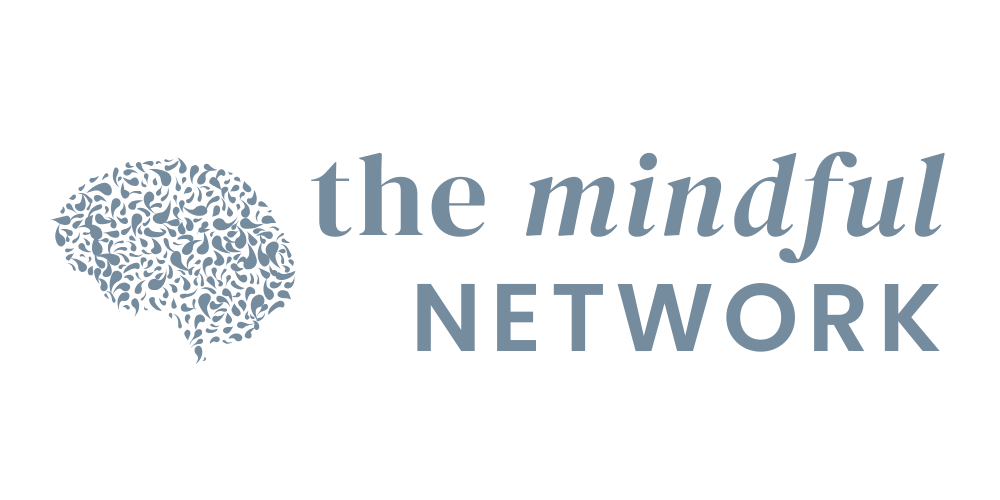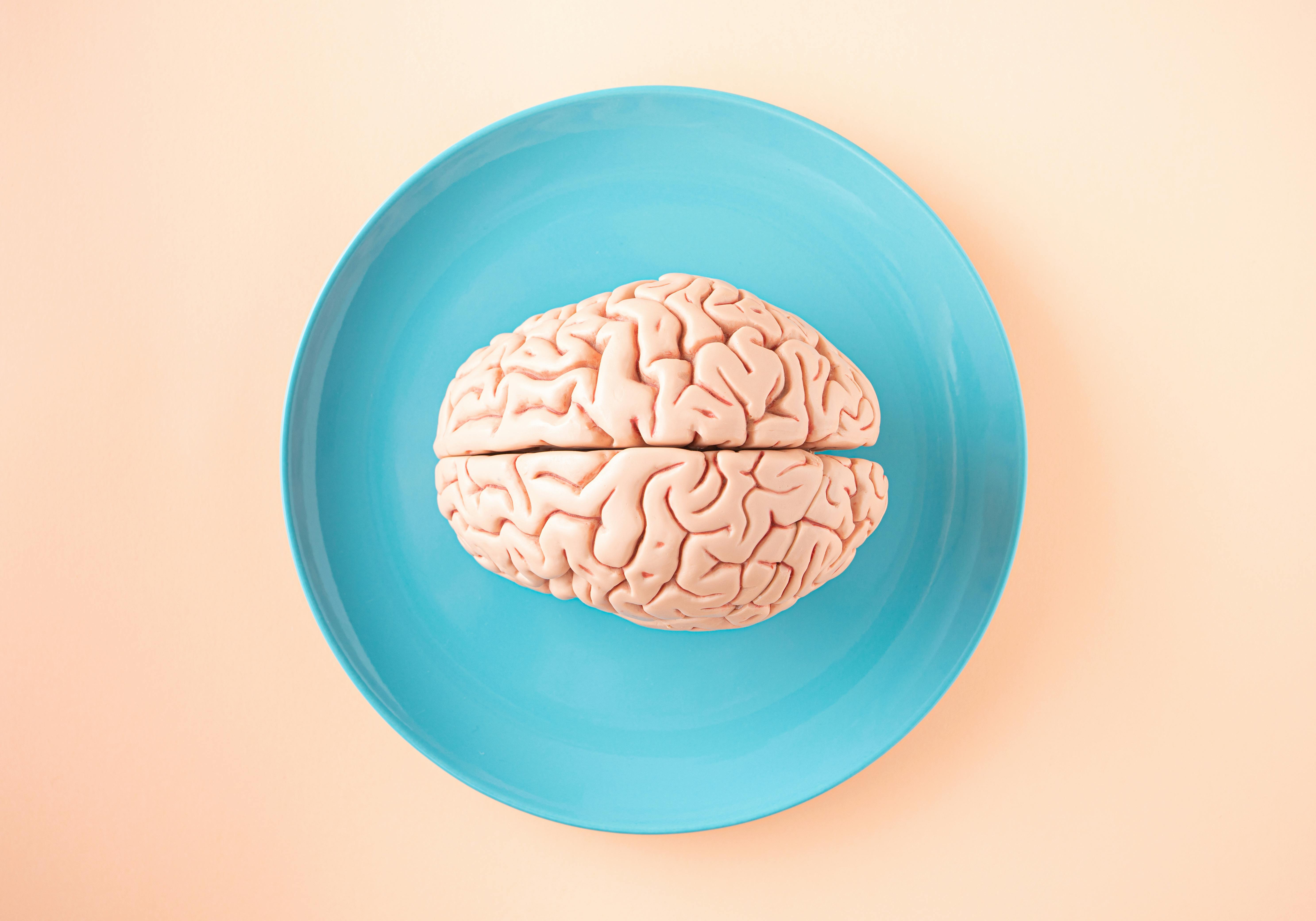Neuroplasticity: How the Brain Creates New Pathways to Recovery
For a long time, scientists believed that the brain was fixed after a certain age, unable to change or repair itself. But recent discoveries in neuroscience have shown that the brain is far more adaptable than we ever imagined.
It's basically scientific confirmation of the old adage, "practice makes perfect." Or, as psychologist Donald Hebb who first proposed the concept said:
"Neurons that fire together, wire together."
This concept, neuroplasticity, has completely transformed our understanding of recovery, mental health, and brain health. It means that emotional intelligence isn't set in stone. With intentional changes in behavior, our brain pathways actually change, shaping everything from emotion recognition to social skills.
What is neuroplasticity?
Neuroplasticity is the forming of new neural connections that create new neural pathways, giving the brain its power to re-wire itself.
The brain has countless pathways ready to take over when one area is damaged or underdeveloped — like built-in detours rerouting signals to keep things working smoothly. Even when something goes wrong, your brain finds new ways to adapt and heal.
What does neuroplasticity mean for mental health?
Neuroplasticity proves that the brain can build new pathways, even after trauma, illness, or addiction. It means that change is always possible.
A 2011 study, the first of its kind, revealed:
"habitual engagement of expressive suppression relates meaningfully to anterior insula volume."
In other words, as we've since continued to learn, engaging in emotional regulation changes the brain.
"individual differences in usage of expressive suppression positively correlate with the volume of the anterior insula." (Neuroimage 2011)
Essentially, the brain can reshape itself through new thoughts, experiences, and behaviors. This offers real hope for healing from mental health challenges, trauma, or addiction.
Neuroplasticity and Emotional Intelligence
Emotional Intelligence (EI or emotional quotient, EQ) has moved from academia into everyday conversation. Though it’s often seen as something you either have or don’t, the truth is emotional intelligence is learned. And with time and practice, anyone can become more emotionally regulated.
Psychologists define emotional intelligence through three models: the trait model, the ability model, and the mixed model. To keep things simple, we’ll focus on the ability model:
According to the ability model, EI consists of two facets - experiential and strategic EI. Experiential EI refers to abilities of perceiving and using emotions to facilitate thoughts, whereas strategic EI refers to abilities of understanding and managing emotions. (2023)
A 2009 study found a positive link between emotional intelligence and how the prefrontal cortex and regions of the amygdala within the limbic system handle emotion recognition and processing, noting that lower emotional intelligence levels are associated with higher cortisol during stress and anxiety.
This and later studies showed us that, biologically, emotional regulation (ER) and emotional intelligence (EI) are inextricably linked. With work on emotional regulation, the brain regions that support EI, like those responsible for social awareness and social skills, can change with time. And it gets easier.
It's especially difficult to be regulated in youth for some. And being dysregulated can feel desperate and never-ending as a young person.
“Emotional regulation is employed much more by older adults than by young adults… Younger adults are more susceptible to some effects of cognitive decline in regard to emotional regulation, but the trend of emotional regulation becoming more resource-demanding decreases with age and repetition.” (JKLST 2024)
Emotional Regulation
Emotions affect memory, problem-solving, and cognitive flexibility.
The repeated use of emotion regulation techniques can physically reshape brain structures, especially the insula, how trainable emotion regulation truly is. This is why neuroplasticity is key to mental health recovery.
A survey conducted for 2024 study Neural Pathways Involved In Emotional Regulation And Emotional Intelligence revealed that:
- Adolescents and young adults know about emotions but lack specific ER techniques.
- 87% felt overwhelmed by emotions; 50% fully familiar with EI, suggesting room for educational interventions.
- Music, journaling, and physical activity are favored self-regulation tools among youth.
Let's get into some effective strategies for emotional regulation:
Mindfulness
Mindfulness means gently bringing your attention to the present moment without judgment. Instead of battling your thoughts or feelings, you learn to notice them and let them pass. Over time, mindfulness helps calm emotional storms and builds resilience by rewiring brain pathways involved in emotion regulation. It’s a compassionate way of giving yourself space to breathe, even when life feels overwhelming.
Yoga and meditation are common mindfulness practices, but therapies like DBT and CBT also teach patients simple mindfulness skills. A gentle start might be noticing the colors on a walk or feeling the water during a shower.
Cognitive reappraisal
Cognitive reappraisal is a psychological strategy involving altering the meaning of a situation to change its emotional impact. It is one of the key components of emotional intelligence that encourages individuals to reinterpret a stressful situation in a more positive or neutral light.
“Reappraisal has been shown to be effective at dampening or enhancing responses in systems associated with affective responding. Chief among them is the amygdala, a subcortical structure important for signaling the presence, and modulating the encoding, of affect-relevant stimuli.” (COBS 2017)
Neuroplasticity makes cognitive reappraisal possible and effective by restructuring the brain over time as individuals consistently practice reinterpreting their emotional responses.
Let's say you habitually find yourself reacting with anger to criticism; cognitive reappraisal can help you see criticism as an opportunity for growth, rewiring your brain to adopt a calmer, more constructive response. It ultimately changes the part of the brain that we've learned is associated with emotional intelligence.
“Reappraisal is believed to modulate these regions via recruitment of a network of regions including the dorsolateral prefrontal cortex (dlPFC), posterior parietal cortex (PPC), ventrolateral prefrontal cortex (vlPFC), posterior medial prefrontal cortex (mPFC) and anterior cingulate cortex (ACC).” (COBS 2017)
Over time, this practice can reduce negative emotions and build resilience, showing the adaptable power of our brains to try again with new responses.
Emotional acceptance and validation
Emotional acceptance means letting your child feel what they feel, without shame or judgment. Instead of trying to fix or silence difficult emotions, you help create space for them to exist safely.
This gentle approach lowers distress and helps young brains learn healthier ways to process emotions, building foundations for social awareness and emotion recognition.
“The presence of a caregiver can have a buffering effect, reducing emotional and stress responses to negative stimuli.” (COBS 2017)
Technological advances
Technology is opening new paths to emotional healing. Just-in-time adaptive interventions (JITAIs), like supportive apps, can gently step in during moments of stress or craving, offering help exactly when it’s needed. These tools tap into the brain’s capacity to adapt, helping young people build healthier habits and manage emotions day by day.
Understanding Neuroplasticity Brings Hope
The hope that comes from this knowledge is profound. Recovery isn't just about managing symptoms or living with limitations. It's about growth and renewal. Every new habit, every positive choice, every supportive interaction helps to rewire the brain, making change not only possible but sustainable.
This understanding brings a new level of optimism, knowing that healing is not only a physical process but also a journey of the mind itself, constantly building and reshaping for a better future.

